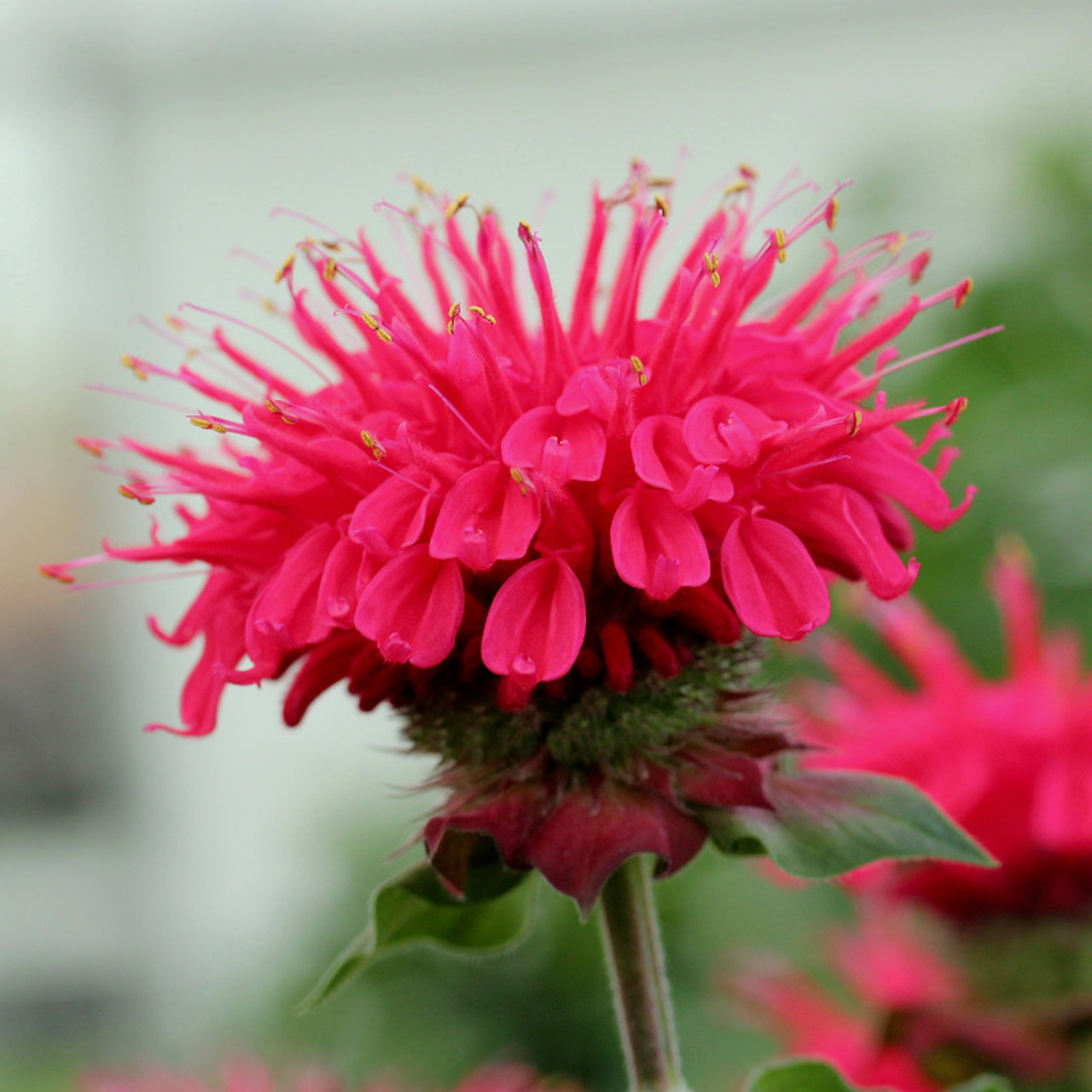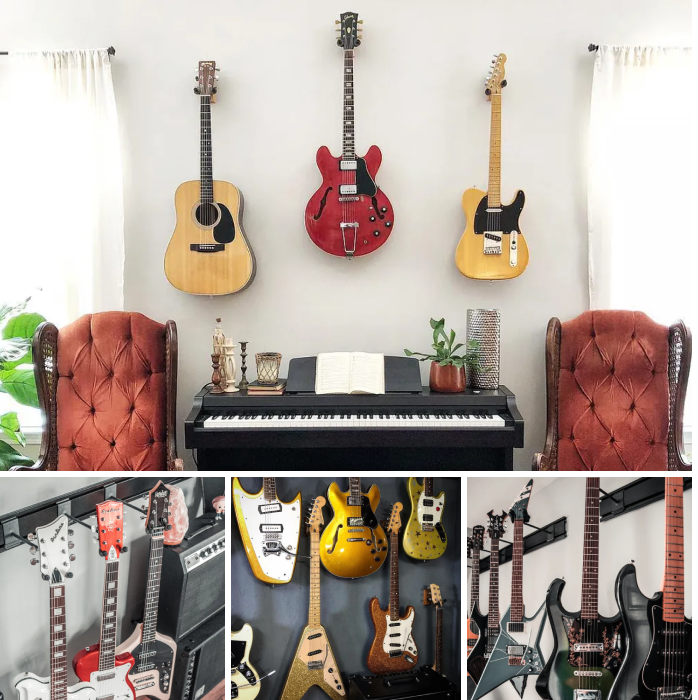Test
Bee Balm Car
Bee balm (Monarda) is a low-maintenance, flowering perennial native to North America, cherished for its vibrant blooms and its appeal to pollinators like bees, butterflies, and hummingbirds. Its benefits extend to birds as well, as its fall seed pods provide sustenance. Resistant to deer and rabbits, bee balm thrives in sunny locations with well-drained soil, making it an ideal addition to many gardens. Whether grown in containers or garden beds, its versatility and charm are unmatched.
Learn More About Bee Balm
Bee Balm Care
Bee balm (Monarda) is a low-maintenance, flowering perennial native to North America, cherished for its vibrant blooms and its appeal to pollinators like bees, butterflies, and hummingbirds. Its benefits extend to birds as well, as its fall seed pods provide sustenance. Resistant to deer and rabbits, bee balm thrives in sunny locations with well-drained soil, making it an ideal addition to many gardens. Whether grown in containers or garden beds, its versatility and charm are unmatched.
Learn More About Bee Balm
Bee Balm Care
Bee balm (Monarda) is a low-maintenance, flowering perennial native to North America, cherished for its vibrant blooms and its appeal to pollinators like bees, butterflies, and hummingbirds. Its benefits extend to birds as well, as its fall seed pods provide sustenance. Resistant to deer and rabbits, bee balm thrives in sunny locations with well-drained soil, making it an ideal addition to many gardens. Whether grown in containers or garden beds, its versatility and charm are unmatched.
Learn More About Bee Balm

About Bee Balm (Monarda)
North America
Perennial
Deciduous
Moderate
Low
3-9
Red, Pink, Purple
Summer
Tubular
How to Plant Bee Balm

Step 1: Choose the Right Location
Bee Balm prefers full sun and well-drained soil. Choose a spot in your garden with at least 6 hours of sunlight per day. Make sure the soil drains well, as Bee Balm doesn't like sitting in waterlogged conditions.

Step 2: Prepare the Soil
Before planting, loosen the soil in your chosen area. Add organic matter such as compost to enrich the soil and improve drainage. Bee Balm thrives in slightly acidic to neutral soil (pH 6.0-7.0).

Step 3: Plant Your Bee Balm
Dig a hole large enough to accommodate the plant’s roots. Place the Bee Balm in the hole and fill it with soil, making sure the root ball is level with the ground surface. Gently pat down the soil around the plant to remove air pockets.

Step 4: Water Thoroughly
Water the newly planted Bee Balm thoroughly. Keep the soil consistently moist for the first few weeks as the plant establishes its roots. After that, water when the top inch of soil feels dry to the touch.

Step 5: Mulch Around the Base
Apply a 2-3 inch layer of mulch around the base of the plant to retain moisture, suppress weeds, and regulate soil temperature. Be sure to keep the mulch a few inches away from the plant’s stem to avoid rot.

Step 6: Enjoy the Blooms
Your Bee Balm will begin to bloom in mid-summer. Make sure to prune spent flowers to encourage further blooming. Enjoy the vibrant flowers and attract pollinators like bees and butterflies to your garden!
Bee Balm Companion Plants
Plants that go well with bee balm are sun loving annuals, perennials and shrubs that pollinators love. Some of our favorite plants to grow with bee balm are phlox, roses, coneflowers, daylilies, and also pairs well with ornamental grasses. It is also frequently grown in vegetable gardens because the foliage can help keep several common pests away.

How to Use Bee Balm in Your Garden
Bee balm is a versatile perennial that adds vibrant colors to your garden while attracting pollinators like bees, butterflies, and hummingbirds. This plant thrives in sunny spots and provides a natural focal point for your outdoor space.
To use bee balm effectively, plant it in clusters for a dramatic effect and pair it with complementary flowers like coneflowers and black-eyed Susans. Its fragrant leaves can also be used to make teas or added to potpourris.
Regular pruning helps to maintain its shape and encourages new blooms. Consider deadheading spent flowers to extend the blooming period and keep your garden looking fresh and lively.
Fertilizing Bee Balm
What to Use
Use a balanced, slow-release fertilizer, such as a 10-10-10 or 14-14-14 formula, to provide consistent nutrients. Organic options like compost or well-rotted manure are also excellent choices for enhancing soil quality.
When to Fertilize
Fertilize Bee Balm in early spring, just as new growth begins. For long-lasting blooms, you can also apply a light dose of liquid fertilizer midway through the growing season, if needed.
Why to Fertilize
Fertilizing ensures healthy growth, abundant flowers, and vibrant foliage. Proper nutrients help Bee Balm resist pests and diseases, keeping your plants thriving throughout the growing season.
How to Fertilize
Apply fertilizer evenly around the base of the plant, avoiding direct contact with the stems. Water the soil after fertilizing to help nutrients reach the roots. For organic compost, mix it into the topsoil for better absorption.
What Customers Are Saying About Bee Balm
Trusted Products
String Swing has manufactured the best guitar storage solutions since 1987. As a family-owned business, our focus has always been on high-quality products that provide functionality and protection for any and every musician. We have since expanded beyond guitars to offer hangers and racks for a variety of instruments and equipment.
Our American-made products are the safest and most secure in the market. We offer adjustable designs to fit your unique guitar or guitar collection. Whether you're looking for a single hanger or designing a guitar display wall, contact our team of experts to help find a storage system to fit your unique needs.


Displaying Guitars in Any Setting
Our guitar holders can provide effective displays for your home. Whether you’re creating a whole guitar wall in your home studio or simply mounting your favorite guitar in your bedroom, we've got the right products to create an appealing display in any space.
String Swing also has experience beyond the home, providing efficient configurations to musicians, teachers, and store owners. This includes products to display or hold guitars on stage, in the classroom, or in retail environments. Whether you're redesigning a music room or guitar shop or you’re looking for the most functional pieces of stage equipment, our experts are here to help.




